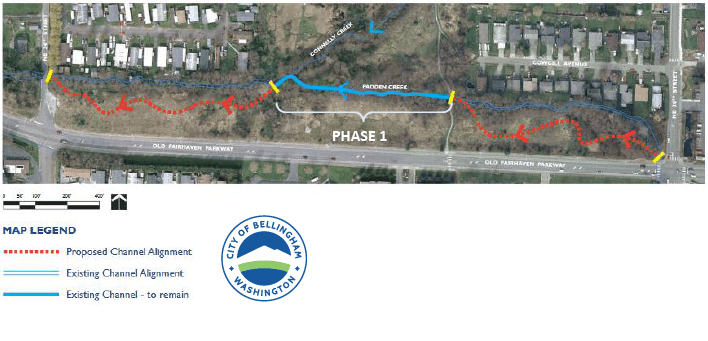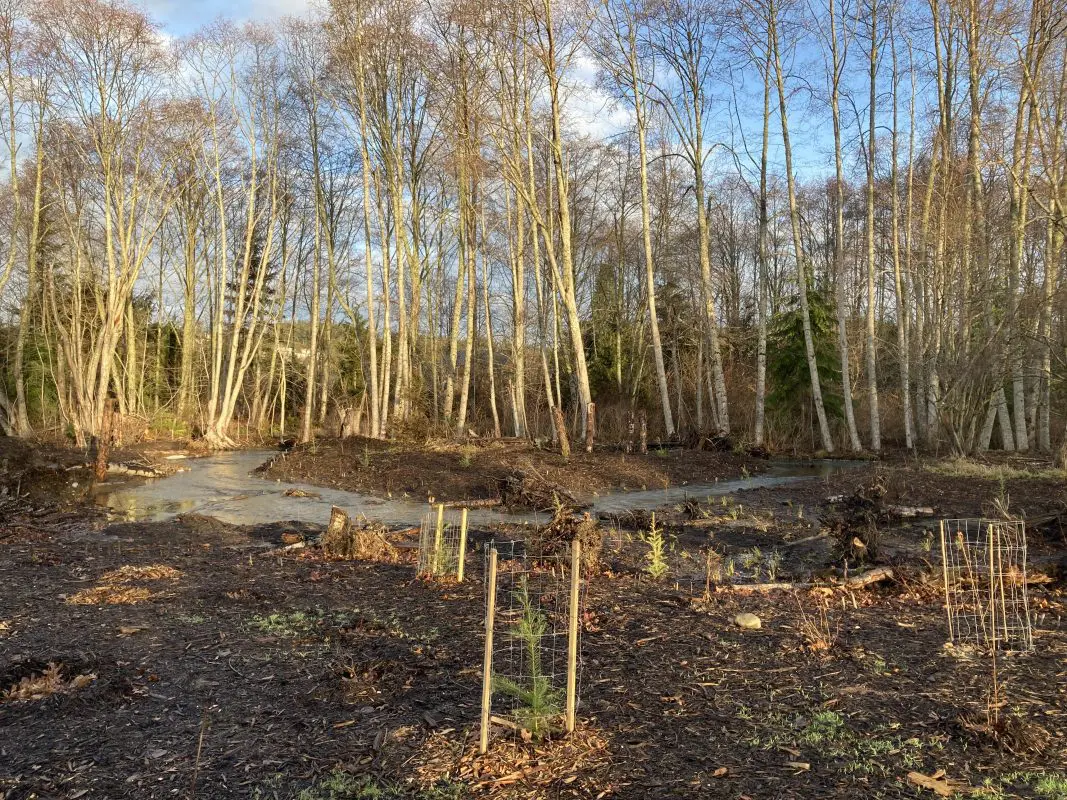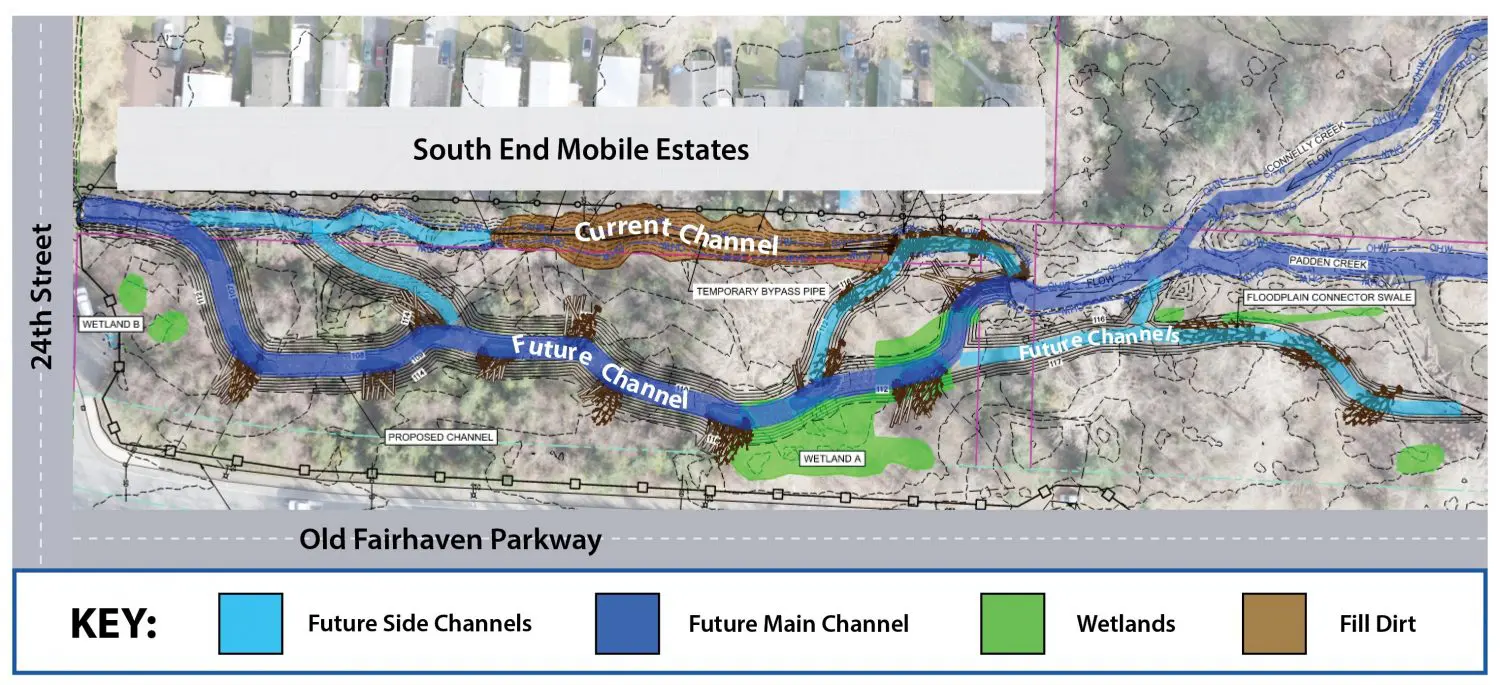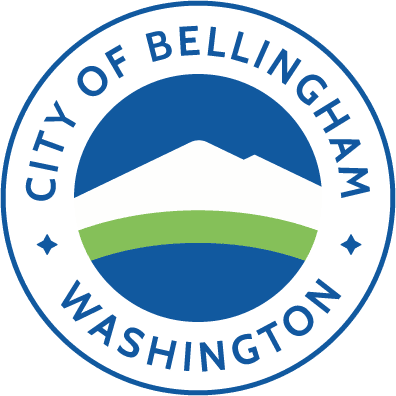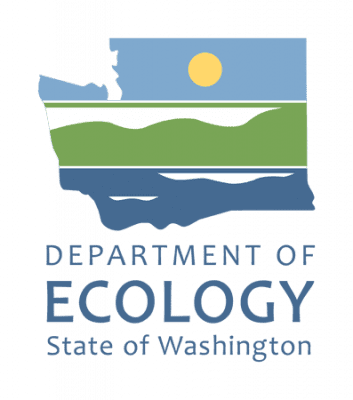Project Overview
Padden Creek 24th to 30th Streets Restoration Project is a multi-phased project to address impaired conditions in Padden Creek. The goals of this project are to:
- Improve water quality and aquatic functions in Padden Creek through enhancing floodplain, instream, and riparian functions between 24th and 30th Streets
- Add habitat features that provide places for fish to rest and hide
- Plant native plants that provide shelter, shade, food, and other benefits for fish and wildlife
The project is divided into three phases. Phase 1 was completed in 2023 and is located in the center of the reach, roughly between Padden Creek’s confluence with Connelly Creek upstream to the Happy Valley Park footbridge. Phase 2 was completed in 2025 and runs from the Connelly Creek confluence downstream to 24th Street. Phases 1 and 2 enhanced the floodplain as well as instream, off-channel, and riparian buffer structure and function. Phase 3 will be upstream between 30th Street and the Happy Valley Park footbridge and will include stream relocation and buffer restoration.
Project Status – 2025
Water is flowing through the new Phase 2 section of stream channel, and the channel is open to fish! This improved section of stream includes important habitat features such as pools and large woody debris — perfect places for fish to hide and rest. Native plants have been planted at the site to provide shade, shelter, food, and other benefits for fish and wildlife.
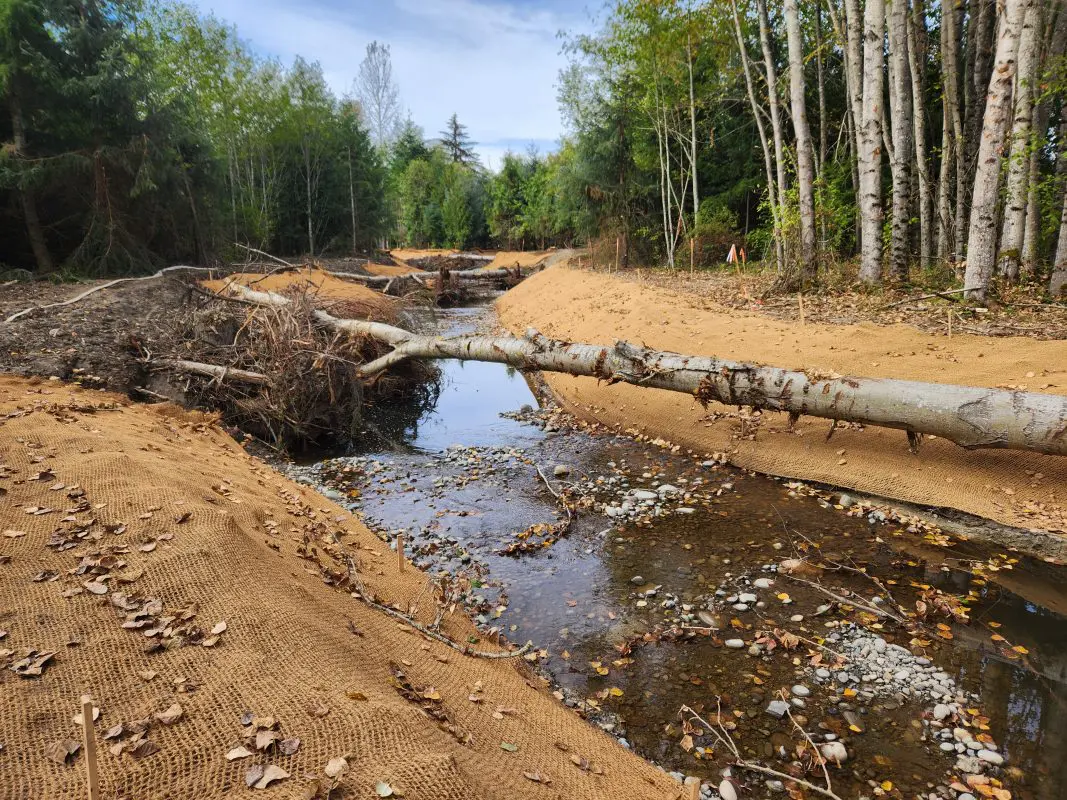
As part of this project, loads of invasive species were removed, including reed canary grass, hawthorn, and Himalayan blackberry. Before the new channel was constructed, fish were successfully relocated downstream of the project area by trained staff in late August to allow for filling of the old stream channel. 500 fish were relocated, including coho salmon, cutthroat trout, rainbow trout, and stickleback.

More Information
Find more updates on Public Works projects by signing up for our monthly newsletter.
Resources
- Padden Creek Daylighting Project
- Padden Creek Estuary Habitat Enhancement Project
- City Restoration Sites Map
- Water Quality
- Fish Studies
- Habitat Restoration Technical Assessment (HRTA)
Contact
Craig Mueller, P.E.
Project Engineer
Public Works Department, Engineering
(360) 778-7922, camueller@cob.org
Analiese Burns
Habitat and Restoration Manager
Public Works Department, Natural Resources
(360) 778-7968, acburns@cob.org
Media inquiries: Email pwmedia@cob.org

